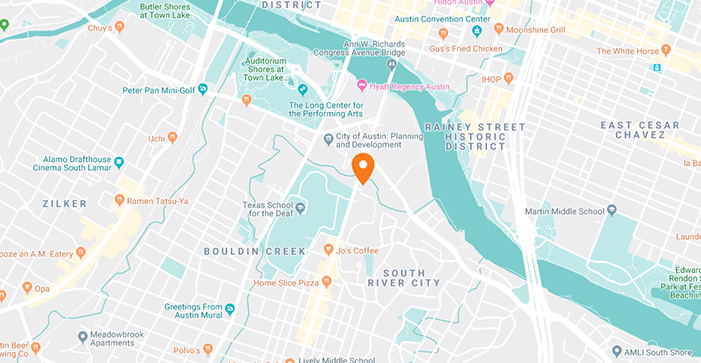Residence restrictions, which determine where a child lives geographically, can be a major source of conflict between parents in a shared custody situation and can also have a significant impact on the child. Understanding the dynamics of residence restrictions in shared custody situations is essential for parents and guardians alike, so that they can make informed decisions about the best interests of the child.
What are Residence Restrictions?
A residency restriction prevents one parent from moving out of town or out of state with the child or children. Residency restriction orders are common in Texas child custody cases and allow both parents to have frequent and continuous access to their children. Whether through written order or court order, most Texas judges will limit residence in the case of joint child custody because it is deemed to be in the child’s best interest.
Practical Implications of Residence Restrictions
One of the most important aspects of a residence restriction is that it helps to normalize a child’s life during a shared custody situation. Moving out of town or out of state can be disruptive to a child’s sense of well being, as can losing access to one of their parents. A residence restriction also guarantees that both parents will be able to easily access their children and continue to support and provide for them as they age.
Legal Impact of Residence Restrictions
In most U.S. states, residence restrictions are considered part of a legal parenting plan. This means that the residence restrictions are incorporated into the final court order. Typically, if a parent breaks the residence restrictions, they can be held in contempt of court and face legal consequences. These consequences may vary based on the nature of the violation and the jurisdiction where the violation occurred. Parents and guardians may face fines, community service, and even a short jail sentence.
Legal Implications of Residence Restrictions
Your individual child custody agreement will determine where the boundaries of residency restriction are drawn. In Texas, residency can be restricted to an area as small as a school district or as large as the state. For example, if a parent lives in Austin or Travis County, most judges will order that the child has to live in Travis County. However, in some cases, the residency restriction order may be expanded to include Travis county and as well as neighboring counties. Even if there is no residency restriction in place, co-parents must notify each other if there is a change of address. Relocation can affect a child as well as the child-parent relationship even if the move is a small one. In the case of a residency restriction order, your relocation will have to be approved by the court.
Conclusion
Shared custody arrangements can sometimes result in residence restrictions. This is a rule that determines where a child will live during a given period of time. Residence restrictions are a common part of shared custody situations, and help ensure that both parents have access to their children. It is important for parents and guardians to consider the practical, legal, and emotional implications of residence restrictions, as well as the potential alternatives.
This blog does not constitute legal advice. For more information about residency restrictions and child custody in Texas, reach out to Sandoval Family Law today.


